The Monaco Cardiothoracic Centre treats patients suffering from valvular heart disease and offers them all current medical, interventional cardiology and surgical treatment options after discussion and decision by the medico-surgical staff depending on what is best suited to each patient at a given time.
Treatment can range from repair to valve replacement either surgically or percutaneously.
The Centre performs all these techniques thanks to its high-tech hybrid rooms and imaging system, which is unique in Europe.
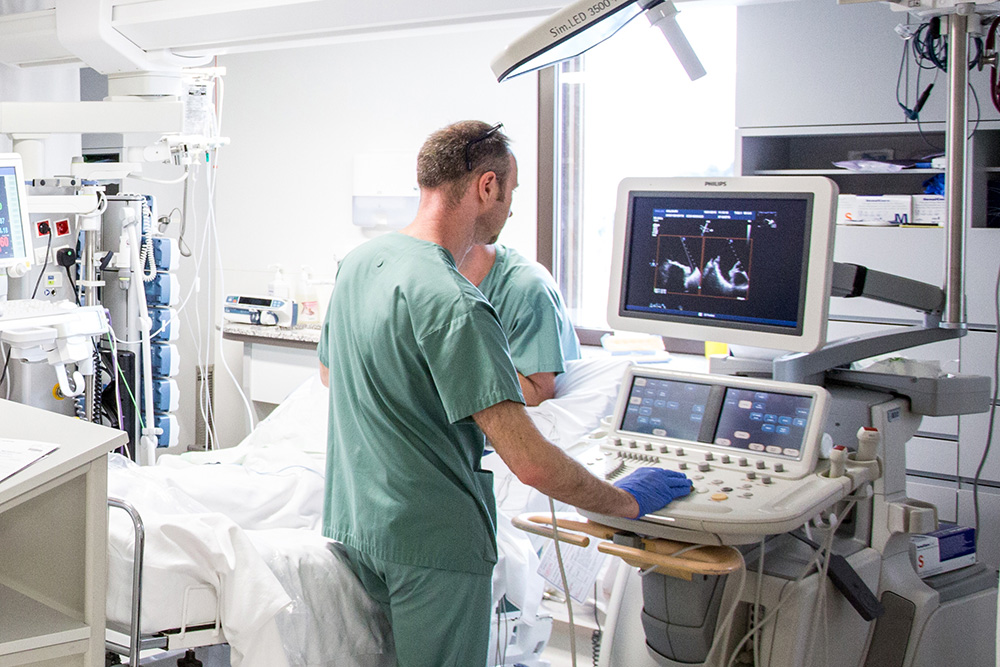
Valvular heart disease refers to all diseases affecting the heart valves. Heart valves are mobile structures which separate the four chambers of the heart and whose role is to ensure the passage of blood in the normal direction (they act as “valves”). There are four valves: the aortic valve, the mitral valve, the tricuspid valve and the pulmonary valve. Sometimes one or more of these valves does not function properly.
Each valve is made up of 2 or 3 cusps, flexible flaps that are situated around a fibrous ring and supported by tendon cords.
Valves serve to control the flow of blood through the heart chambers. All valves can be affected but it is often those of the left heart: aortic (between the ventricle and the aorta) and mitral (between the atrium and ventricle). It may be a narrowing of the orifice (stenosis) or, on the contrary, the impossibility of complete closure (insufficiency).
SYMPTOMS
Sometimes valvulopathy is asymptomatic (symptom-free). In this case, only a heart murmur, audible with a stethoscope, can identify it, or screening performed by cardiac ultrasound. When it does occur, the main symptoms that can be felt are :
- Shortness of breath on exertion and at rest
- Presence of angina pectoris (chest pain)
- Faintness
- Palpitations / heart rhythm disorders
- Fatigue
- Edema of the lower limbs or abdomen (enlargement of the abdomen or lower limbs and ankles).
- Heart failure
CAUSES
Different causes exist depending on the type of valve affected:
- Age-related degeneration
- Rheumatic Fever
- Birth deformations (heart murmur since childhood)
- Infections (endocarditis)
Heart disease with changes in normal valve function, such as heart failure following a myocardial infarction.
DIAGNOSIS
To confirm and assess the disease, a check-up is essential.
A key examination for confirming the diagnosis. It measures the narrowing or leakage of the valve by measuring the parameters that are essential for a therapeutic decision and specifies the impact on the function of the heart muscle.
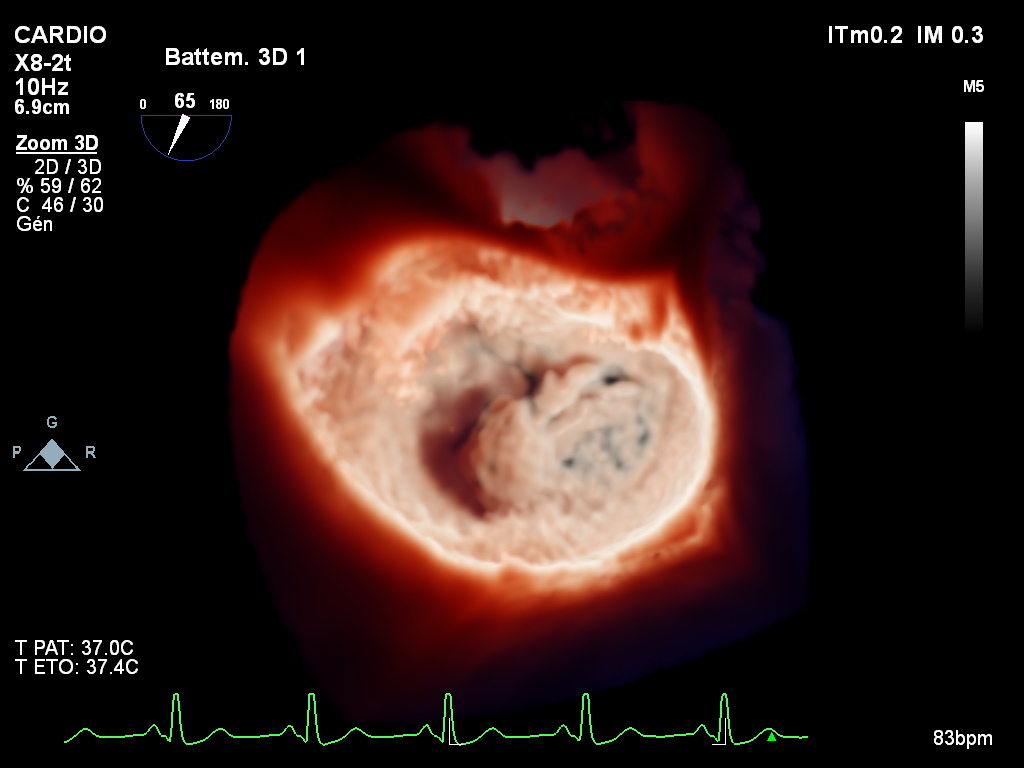
Is performed under general anesthesia and provides extremely reliable diagnostic accuracy.
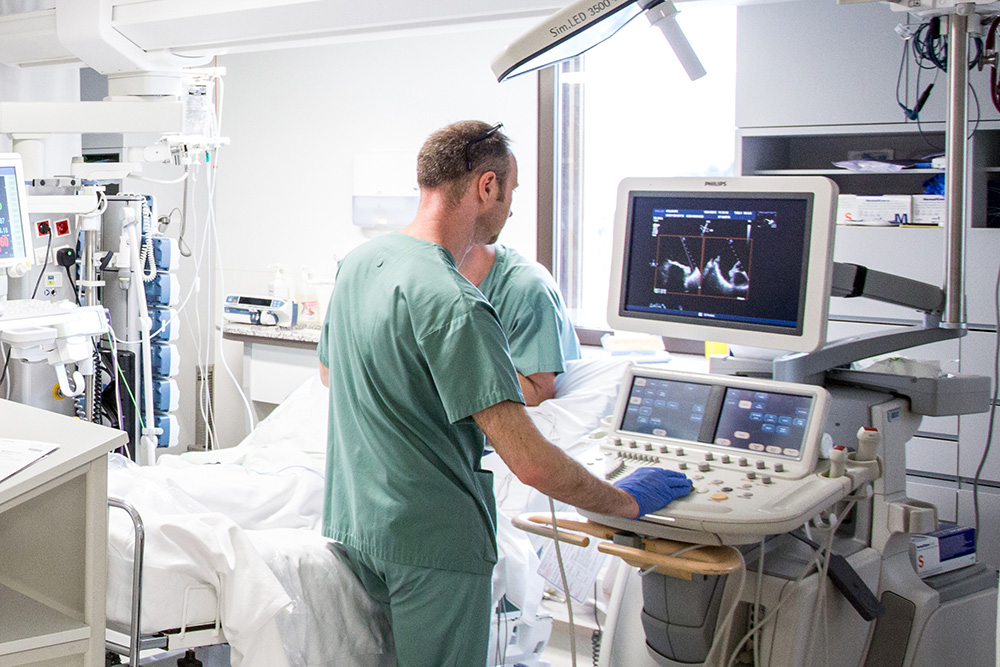
Is a conventional echographic examination in which cardiac measurements are taken during a progressive effort which allows pathologies that only occur during effort to be unmasked.
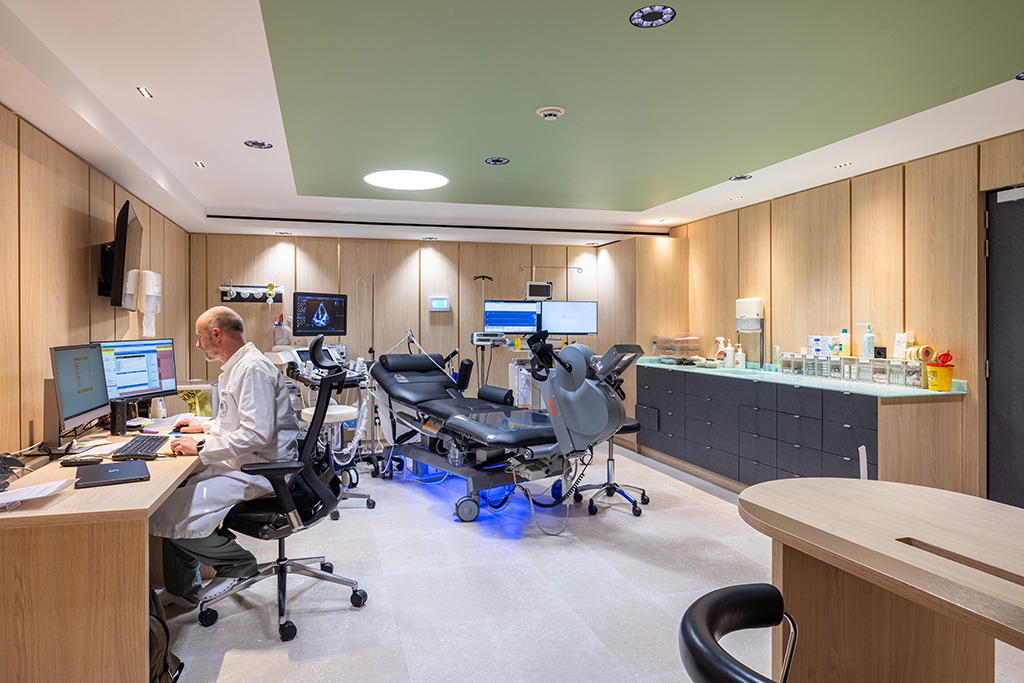
Allows confirmation of valvulopathy diagnosis, as well as a more detailed analysis of the structures of the heart.
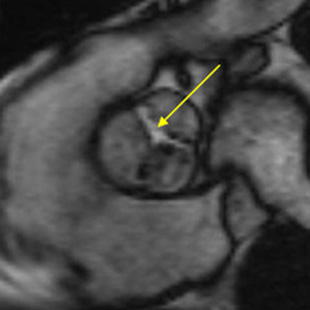
Cardiac catheterization enables measurement of pressures inside the heart and the heart’s flow rate. During this examination, coronary angiography is used to search for any associated coronary heart disease.
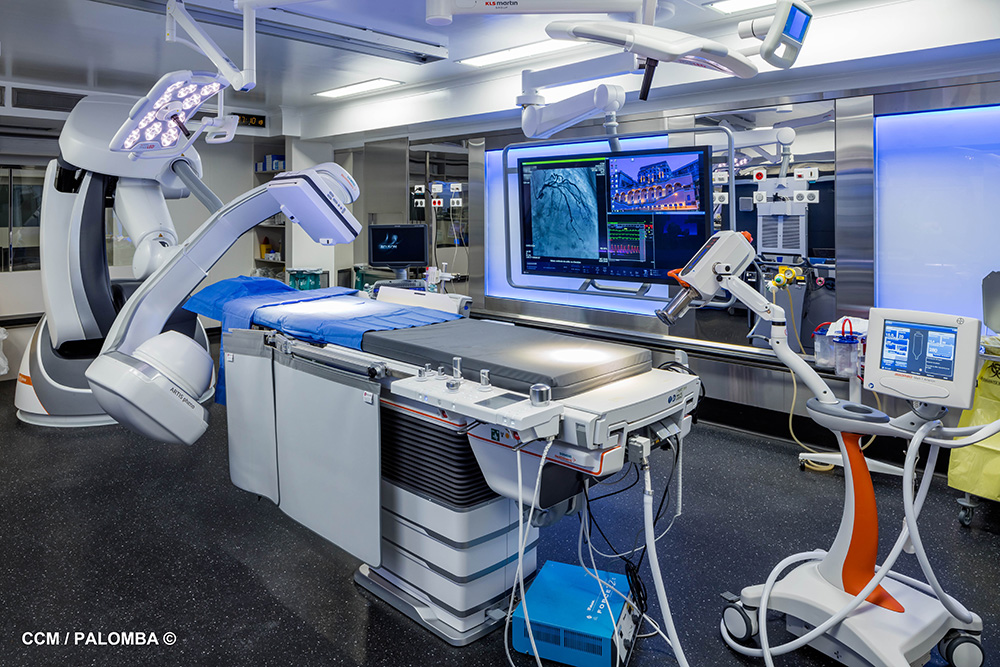
TREATMENT
Valvular heart disease can be managed in many ways. Doctors will decide with the medico-surgical staff what treatment is best for a given person at a given time depending on their age, general health and the valvular heart disease in question. For some individuals, treatment consists of medication combined with lifestyle changes. Some patients will need more invasive treatment, such as surgery, which can either repair or replace the valve to improve signs and avoid the complications of valvular heart disease.
Surgery is performed under extracorporeal circulation which temporarily takes over the role of the heart and lungs.
In some cases, non-surgical percutaneous treatment of valvular heart disease is possible.
